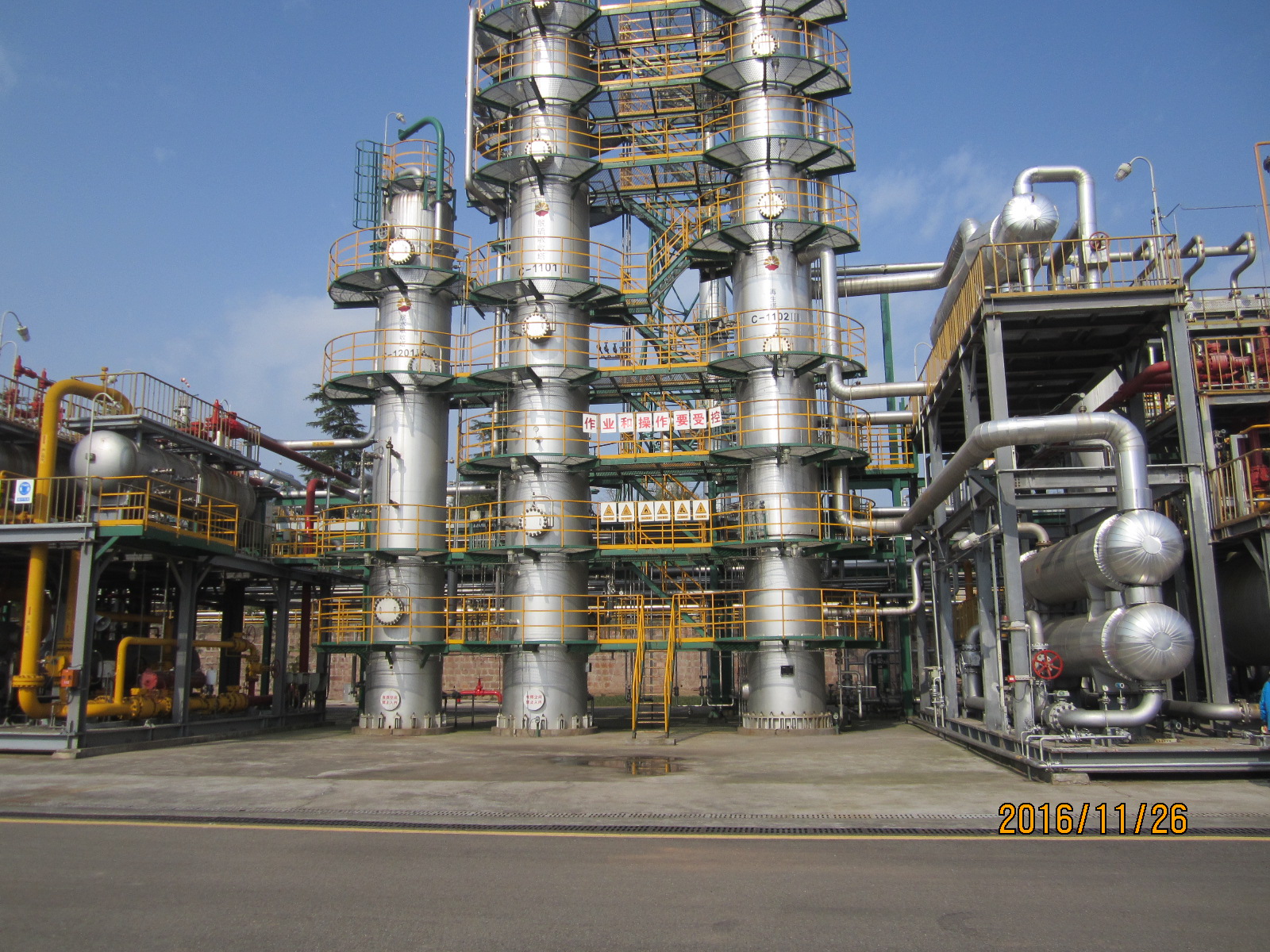Semi-dry flue gas desulfurization technology is a flue gas desulfurization technology for boilers with a capacity of 35T/H ~ 670T/H, and the desulfurization efficiency can reach more than 85%.
Spray drying is a relatively new FGD technology. Compared with the wet process, its initial investment is low, but the amount of desulfurizer is large, so it is often used in medium and low sulfur coal (<1.5%). Small boiler.
The spray drying desulfurization technology uses the principle of spray drying to achieve the purpose of flue gas desulfurization. The spray drying desulfurization process is divided into 5 steps: (1) absorbent preparation; (2) absorbent slurry atomization; (3) contact and mixing of mist droplets and flue gas; (4) evaporation-sulfur dioxide absorption; (5) waste residue removal , and the three steps 2, 3 and 4 are all carried out in the spray absorption tower.
When the atomized slurry contacts the flue gas in the absorption tower, the absorbent begins to evaporate, the flue gas is cooled and humidified, and the lime slurry reacts with SO2 to form a dry powder product. The whole reaction is divided into: SO2 is absorbed by the droplets to form calcium sulfite, which crystallizes after reaching saturation; CaSO3 in part of the solution reacts with the oxygen dissolved in the droplets to oxidize into calcium sulfate, which crystallizes out. As the dissolved calcium hydroxide is consumed during the desulfurization process, more calcium hydroxide solids are further dissolved to keep the sulfur dioxide removal reaction going.
Refers to the evaporative drying of droplets and the cooling and humidifying process of flue gas. The drying of droplets is roughly divided into two stages: the first stage is basically the free evaporation of water on the surface of the droplets because the solid content in the slurry droplets is not large, and the evaporation speed is fast and relatively constant. As the water evaporates, the solids content of the droplets increases, and the second stage occurs when significant solids appear on the surface of the droplets. As the evaporation surface area becomes smaller, the moisture must diffuse outward from the inside of the particle through the solid material, the drying rate decreases, the temperature of the droplet increases and approaches the temperature of the flue gas, and finally separates from the flue gas due to the evaporation of the water therein to form solid particles .
The time it takes for the droplets to dry from the start of evaporation is very important for both the design of the absorber and the desulfurization rate. Factors that affect droplet drying time are droplet size, droplet water content, and temperature values toward adiabatic saturation.
Post time: Aug-15-2022



